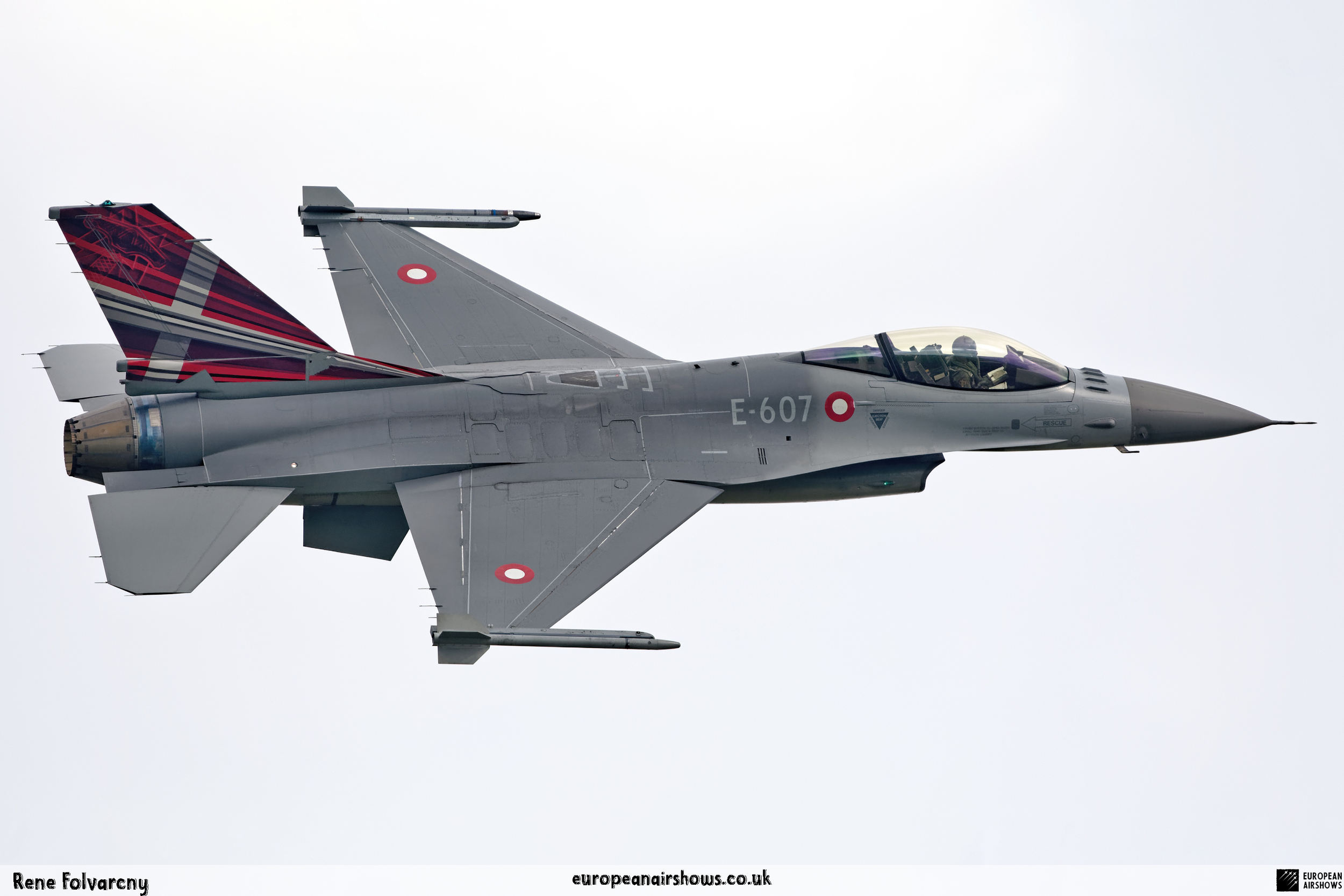
Established
Aircraft
Squadron
Base
Status
About the Display
About the Aircraft
Aircraft Specifications
Team History
Display Facts
Did You Know?
Photos
Explore images of Royal Danish Air Force F-16 Solo Display in action.

Explore images of Royal Danish Air Force F-16 Solo Display in action.





















































